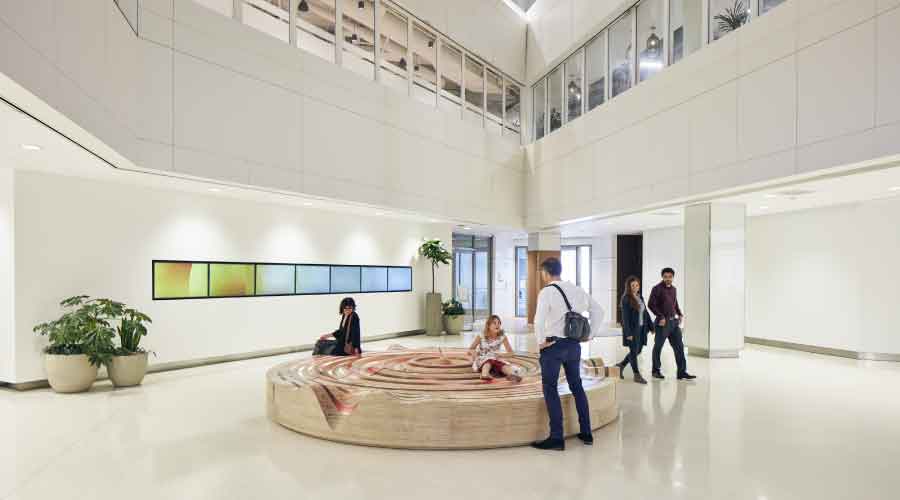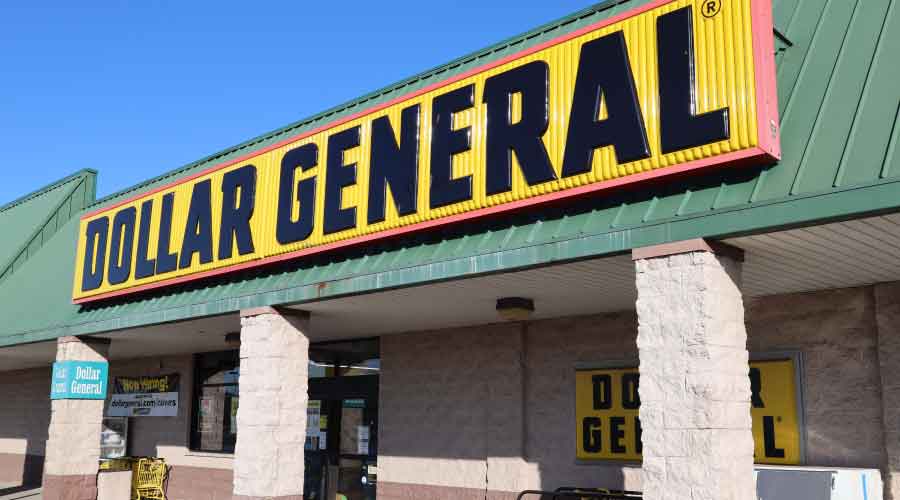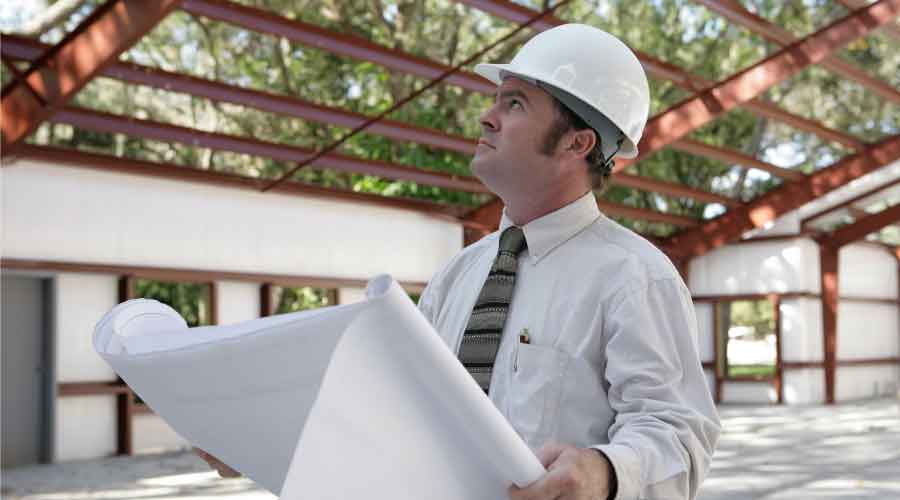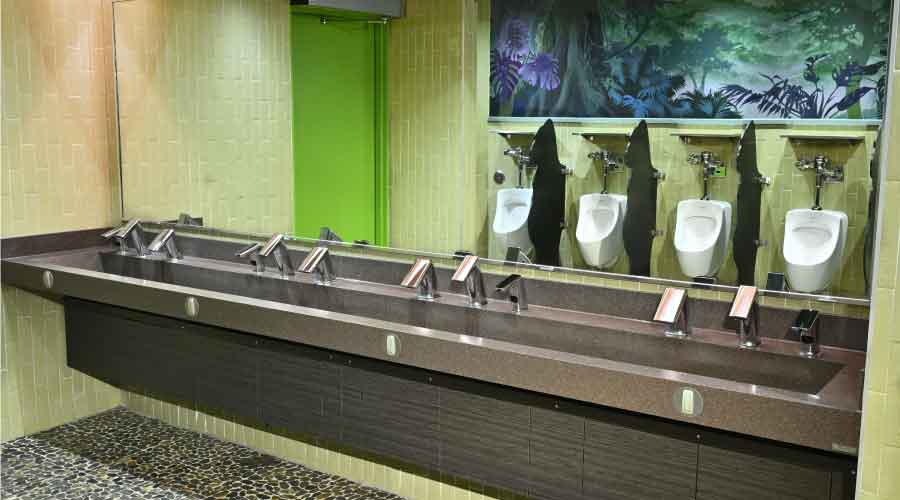
Flex Space in Facilities Taking on New Meaning
While convenience and efficiency are still important, well-being and wellness emerge in importance. February 14, 2023
By Dave Lubach, Managing Editor
Flexible spaces in institutional and commercial facilities have been around as long as facilities.
Obvious examples of these kinds of spaces are found in gymnasiums in K-12 schools, as the spaces can be configured to accommodate crowds big and small by adjusting bleachers and walls for athletic contests, concerts, or assemblies. In a convention hall or hotel, the size of rooms can be changed by opening and closing movable walls. Chairs and tables can be adjusted to accommodate the number of attendees or removed entirely for any other needs groups are looking for such as a wedding reception or a convention.
But the definition of a flexible space is changing. Instead of traditional adjustments like room size and configuration, room designers are turning more of their attention to producing aesthetically pleasing spaces and wellness concerns of employees over strictly considering convenience.
It’s a transition that excites designers like Eric Gunther, creative designer for SOSO, a digital experience design firm that works with institutional and commercial clients to incorporate technology and creativity into spaces.
“It’s a great movement that people are starting to think about, especially in the workplace,” Gunther says. “Technology brings a lot of new possibilities.”
Gunther’s firm offered an example of those possibilities with a project at a commercial office in San Diego. Regent Properties was looking for digital artwork for its buildings that reflected the city’s culture and vibe.
One of the projects resulted in an interactive digital “Wish Fountain” that visitors can help power by sending text messages to a posted number as sort of a “wish” to the cloud server that will decipher the mood of the text and provides displays aimed at reflecting the thoughts of the texter.
The building owner also has the ability to access the system to update the prompts based on current events, holidays or local events.
“It’s sort of really being careful to connect the needs of the culture with the occupants of the building,” Gunther says. “People are looking for changing spaces in some way. Exploring ways to creatively use technology to do that is very efficient and some ways sustainable because you’re designing timeless technology. It’s not like slapping a screen up on a wall and waiting for the next resolution to come and slapping up a new one. It’s thinking about how do we integrate technology softly into a physical space so that it can change with tenants.”
Dave Lubach is the managing editor of the Facilities Market.
Next
Read next on FacilitiesNet












